The Barred Owl’s hooting call, “Who cooks for you? Who cooks for you all?” is a classic sound of old forests and treed swamps according to online source allaboutbirds.org.
Read More: Barred Owl Identification, All About Birds, Cornell Lab of Ornithology
All about birds is managed by Cornell lab of Ornithology, whose mission is to interpret and conserve the Earth’s biological diversity through research, education, and citizen science focused on birds and nature.
The online information source on birds reports that most Barred Owls do not migrate. “Of 158 birds that were banded and then found later, none had moved farther than 6 miles away.”
The Barred Owl’s History:
Audubon’s ten fun facts about the Barred Owl reports that it is easily identified by its heavily streaked chest, round, tuftless head, and big, black eyes, the Barred Owl can be found in forested areas throughout its range year-round, including in more urban environments.
Read More: 10 Fun Facts About the Barred Owl | Audubon
“Pleistocene fossils of Barred Owls, at least 11,000 years old, have been found in Florida, Tennessee, and Ontario. “With the Barred Owl first described by Philadelphia naturalist Benjamin Smith Barton in 1799,” according to Wikipedia.org.
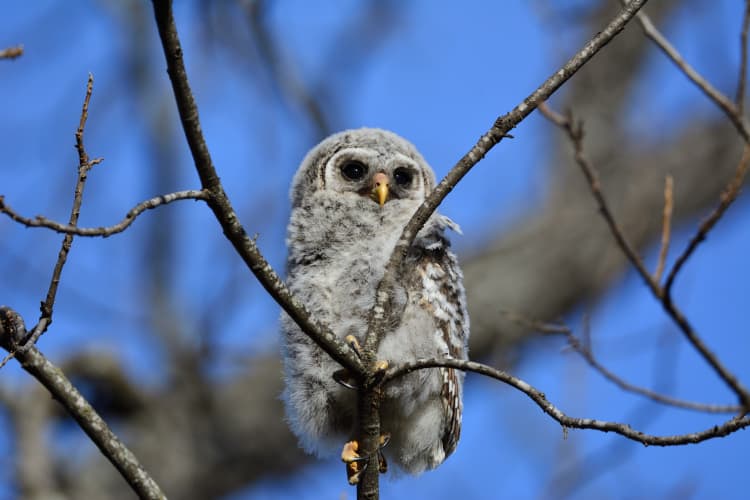

Barred owls can live 20+ years, but life in the wild can be harsh for an owl. Due to predation, illness, and human impacts this species lives a relatively short life outside of captivity. 8-10 years is the average lifespan of a wild barred owl according to Birdfact.com.
Lynn Cuny, Founder/President of Wildlife Rescue & Rehabilitation has its sanctuary in the Texas Hill Country and knows all too well what the owls experience locally. Wildlife Rescue & Rehabilitation is a nonprofit that receives orphaned, injured, and displaced wildlife and returns as many as possible to the wild. “We also provide permanent care in large natural enclosures to farmed animals and non-releasable wildlife.” The organization has rescued a number of injured owls that have either been shot or hit by vehicles.
Read More: Wildlife Rescue (wildlife-rescue.org)
The proposal is to kill how many Barred Owls-almost half a million?
The U.S. Fish and Wildlife Service identified competition from non-native and invasive barred owls as one of two main threats to the northern spotted owl’s continued survival (habitat loss is the other).
Researchers also have seen a few instances of barred owls interbreeding with or killing spotted owls. Because the spotted owl is already struggling due to its reduced habitat, the effect of the barred owl’s presence is an added stressor according to the FWS Barred Owl Management Strategy Report.

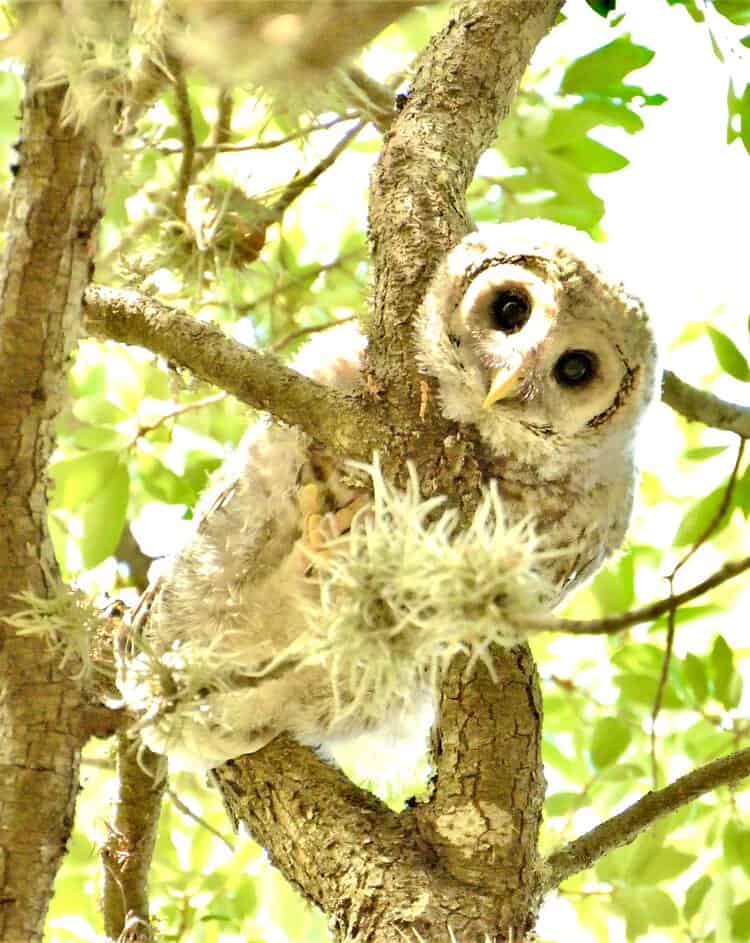
The Service seeks public input on a draft Environmental Impact Statement (EIS) and draft Barred Owl Management Strategy that addresses the threat of the non-native and invasive barred owl to native northern and California spotted owls. The 60-day public comment period closes January 16, 2024.
The goal of the Experiment was to test the feasibility of Barred Owl removal to determine whether it improves conditions for spotted owls.
Read More: Invader removal triggers competitive release in a threatened avian predator (fws.gov).
Maybe we are the problem?
According to World Wildlife Fund – WWF Global, “Habitat loss poses the greatest threat to species. The world’s forests, swamps, plains, lakes, and other habitats continue to disappear as they are harvested for human consumption and cleared to make way for agriculture, housing, roads, pipelines and the other hallmarks of industrial development.”
An irreversible effect of human activity on the environment is species extinction, which upsets the balance of nature and makes ecosystems more fragile and less resistant to disruptions. A recent UN report on biodiversity found that around One million animal and plant species are now threatened with extinction, many within decades, more than ever before in human history.
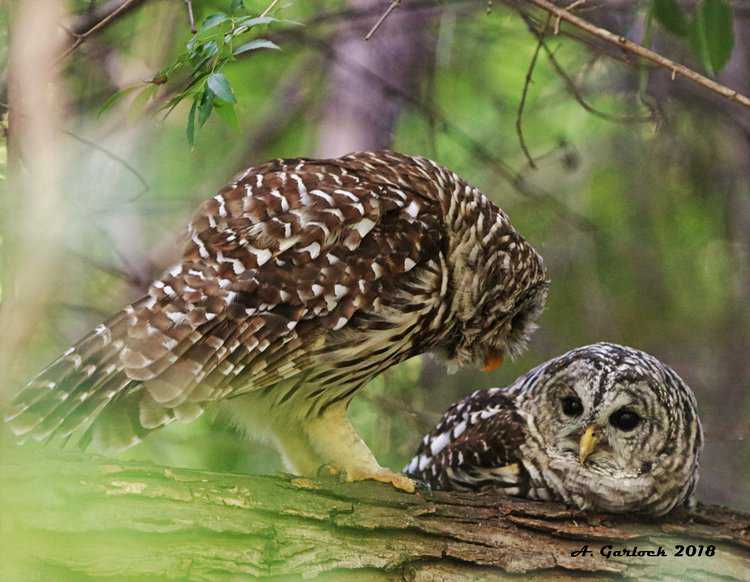

According to the United Nations the world is facing a triple crisis of climate change, pollution, and biodiversity loss. “We need to shift humanity’s relationship with nature to achieve Goal 15 and realize that nature is the root of our life on earth.”
Read More: Forests, desertification and biodiversity – United Nations Sustainable Development
Science News – A Science.org article, “Killing Wolves to Save Livestock, reported that “many people think that such “remedial control,” as this predator management method is called, solves the problem.1 The study found that wildlife agencies’ subsequent retaliatory measures shows that the technique actually backfires.”
Read More: Killing wolves to save livestock may backfire | Science | AAAS
Maybe it is time to stop the mass killings, the deforestation and destruction of habitat.
Maybe we should give a Hoot about the mass killing of Barred Owls, and other wildlife before it’s too late!
Citation:
doi: 10.1126/article.71573-Science News
What you can do
Help to save wildlife by donating as little as $1 – It only takes a minute.
Alesia Garlock
Wildlife / Environmental Advocate! I fight to protect nature. Informing the public of hidden agenda!


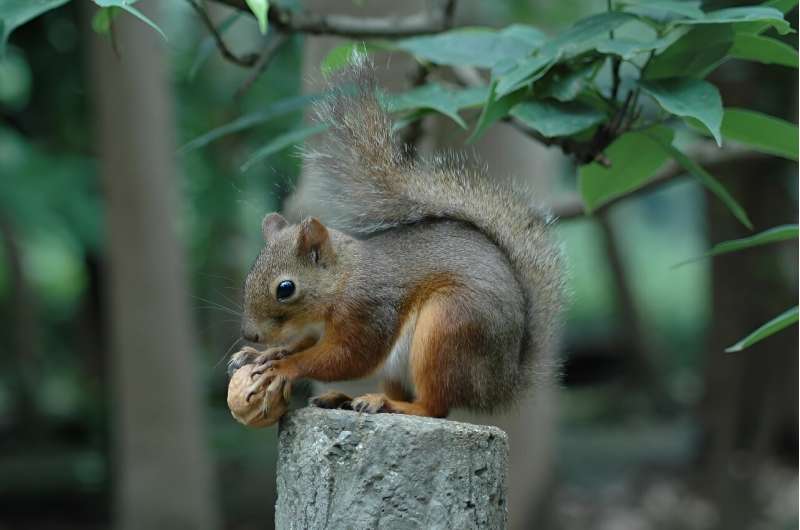
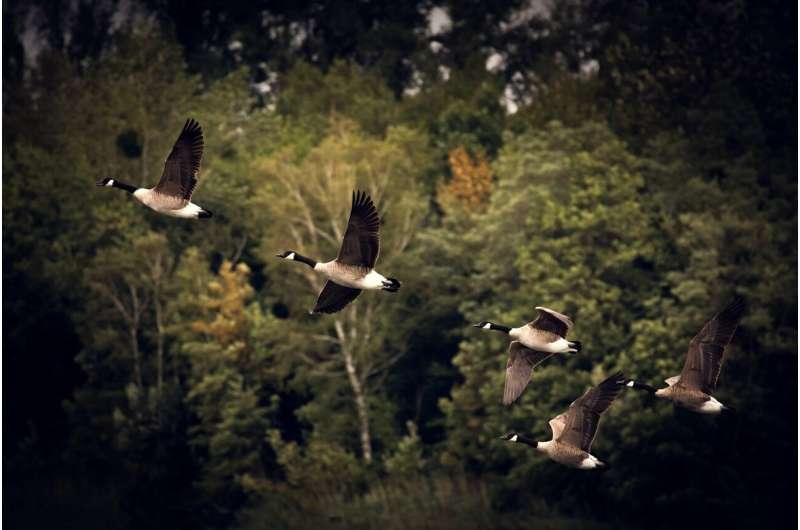


Leave a Reply